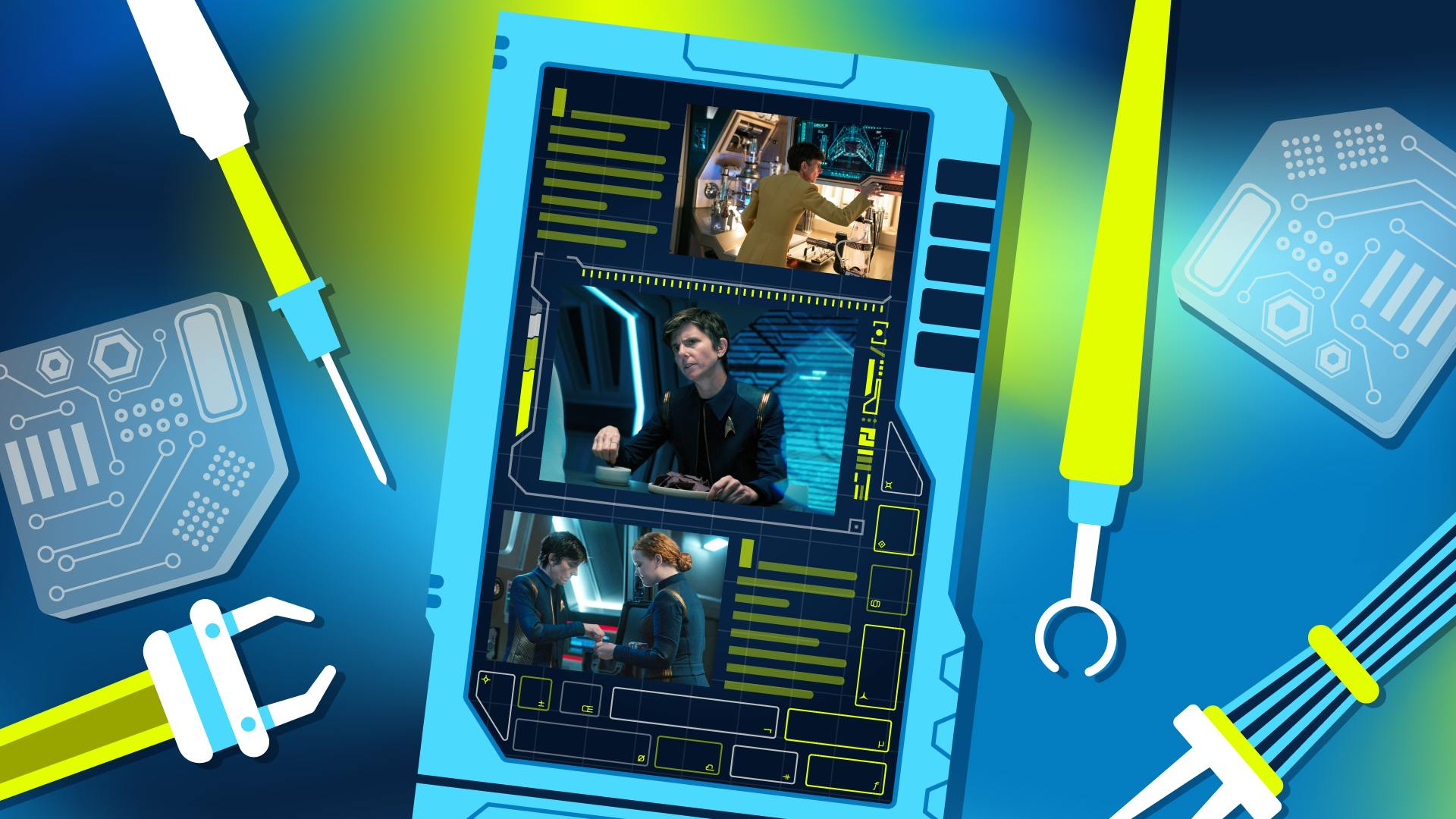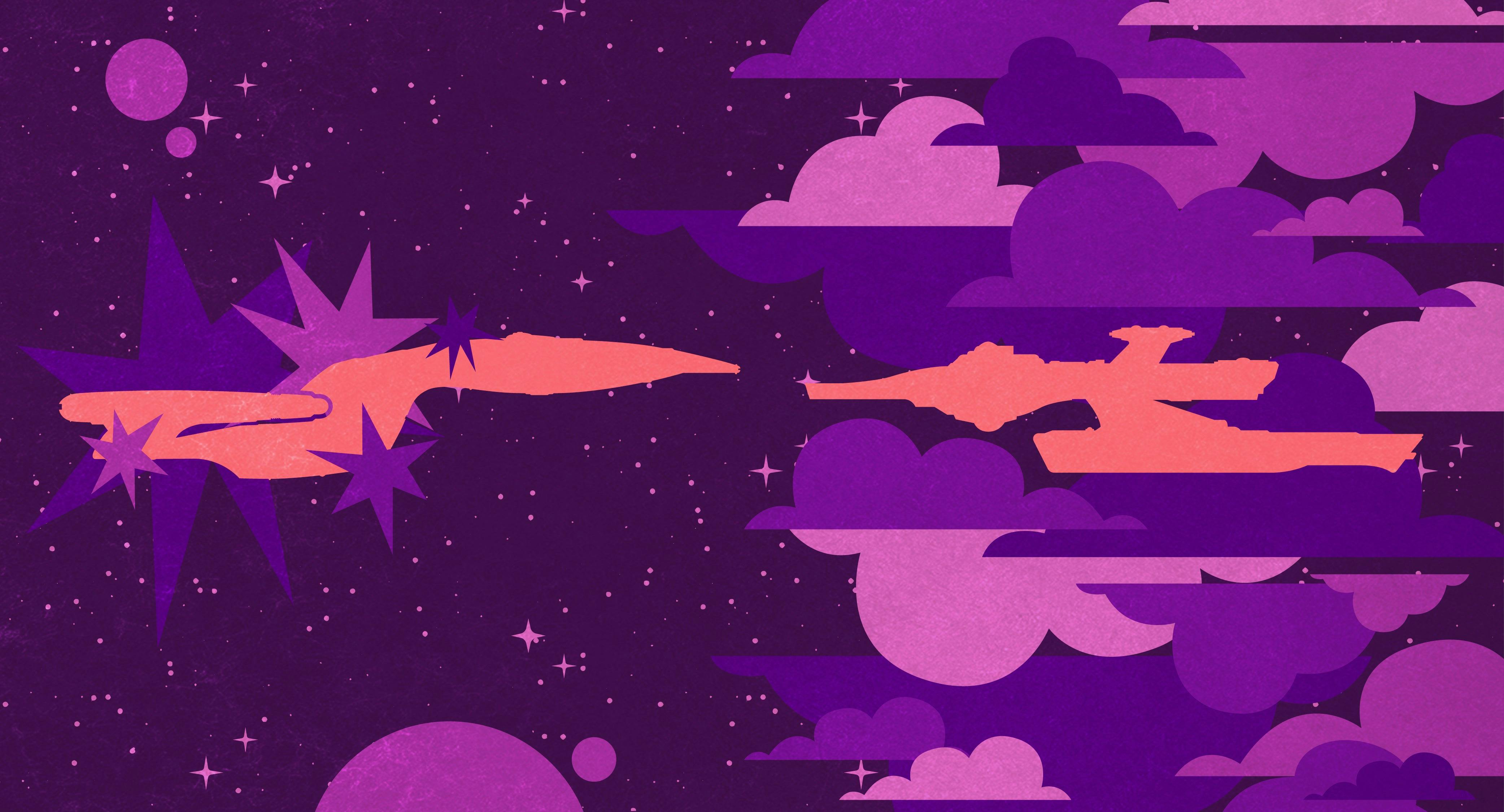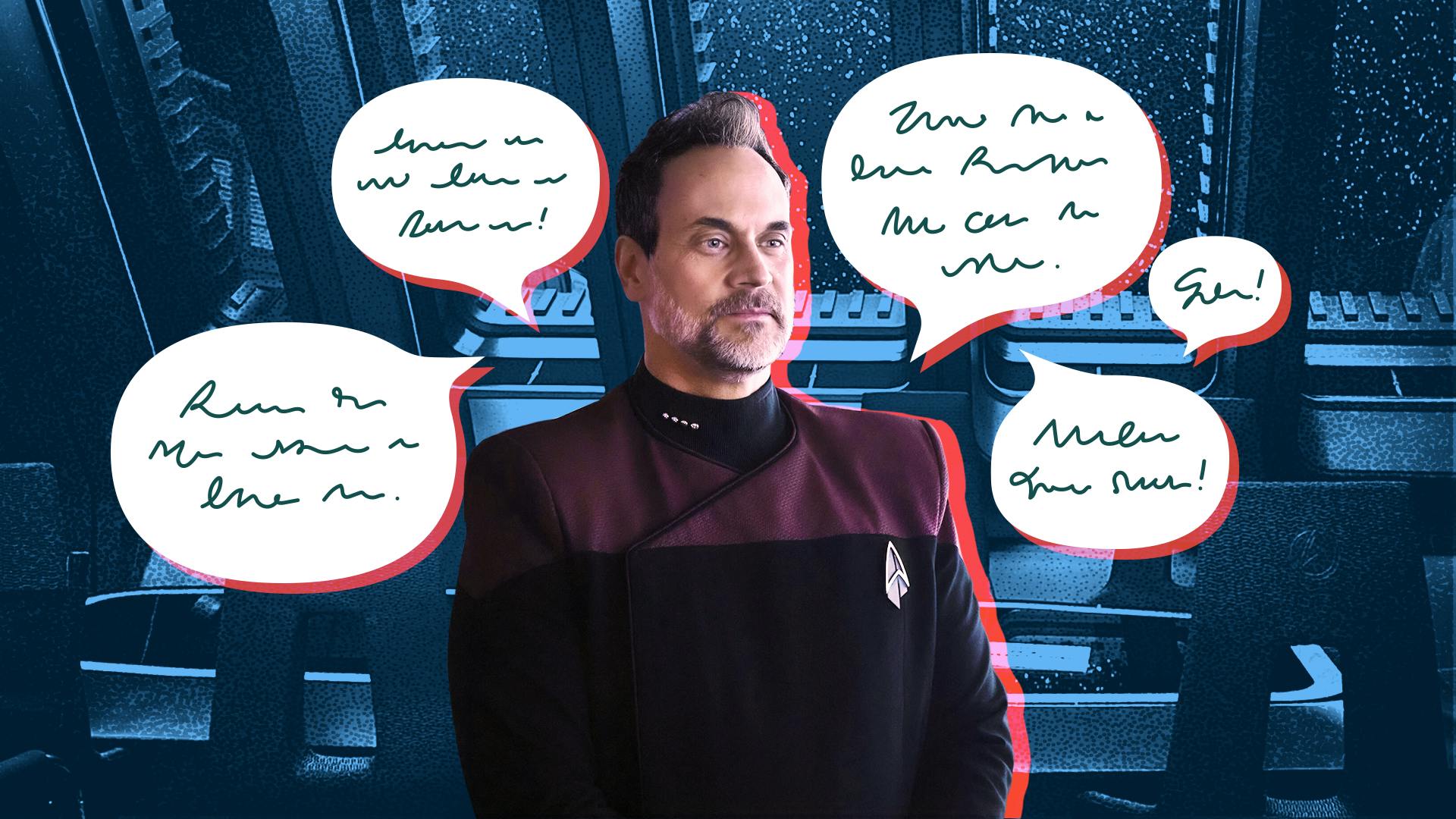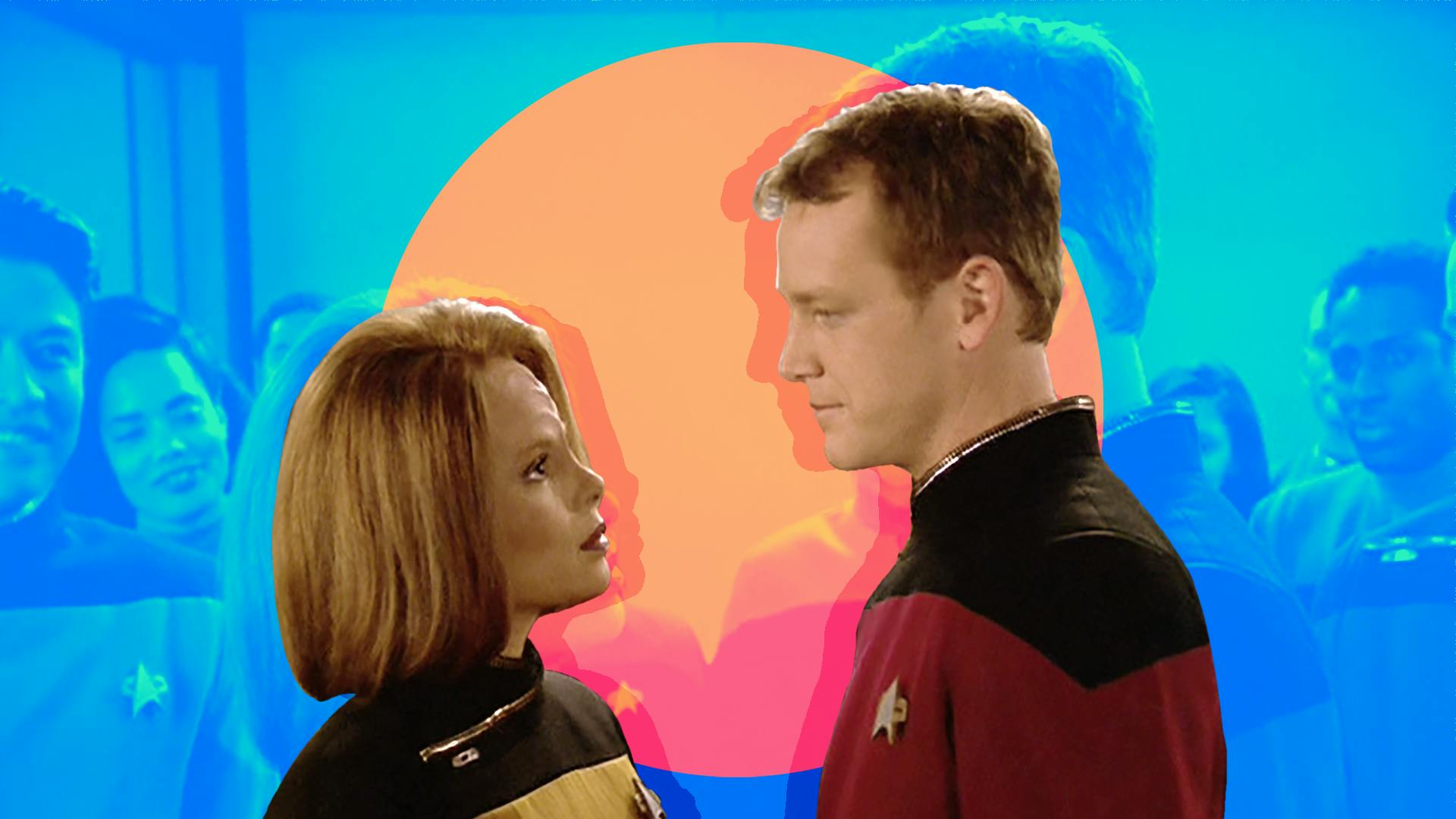Published Mar 12, 2025
How 'The Offspring' Perfectly Explores Gender and Choice
For its 35th anniversary, let's look back at the episode featuring Data and his child that gave one fan hope for the future.
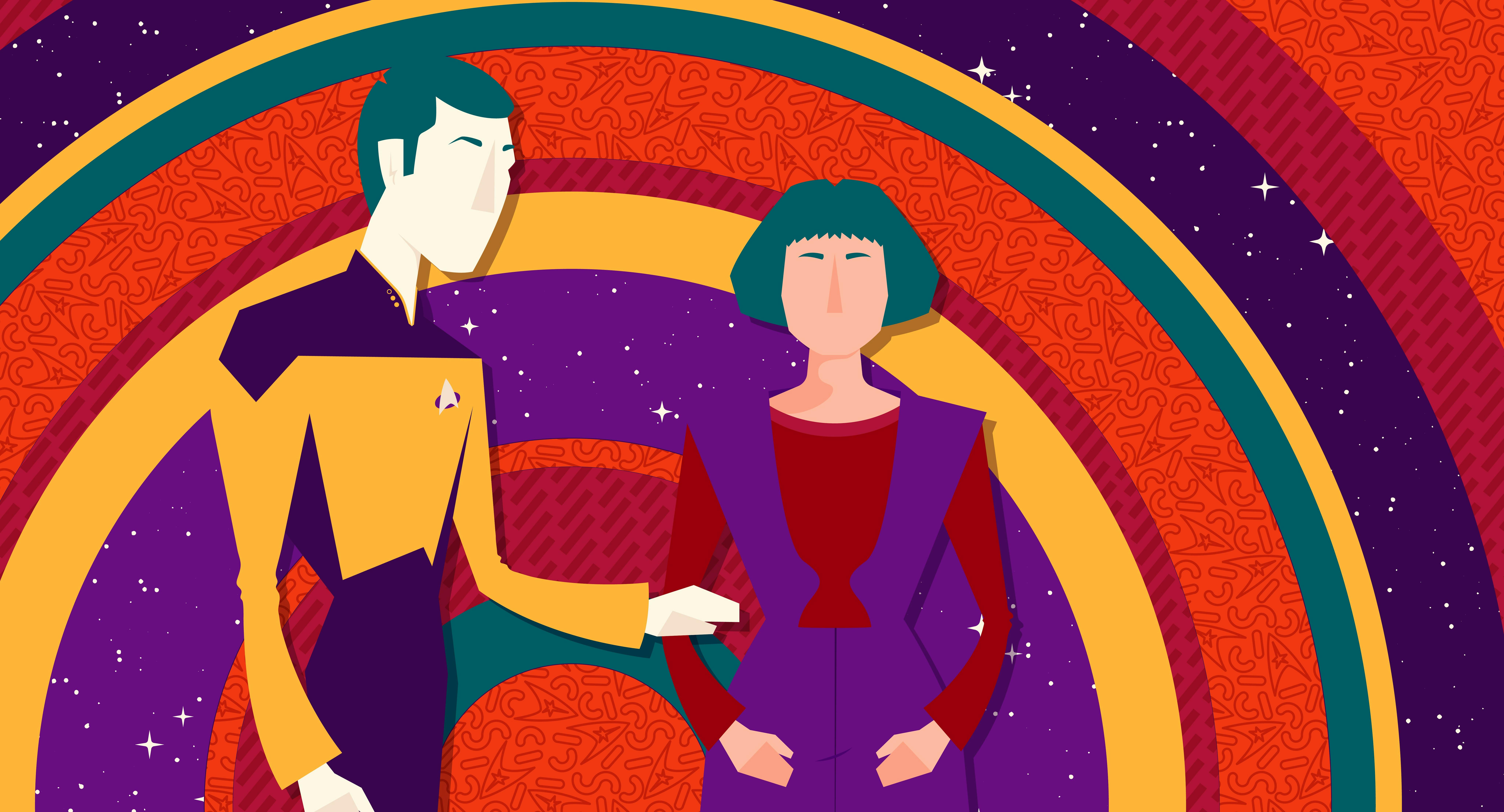
StarTrek.com
is full of hard-hitting episodes that explore ethical and moral dilemmas, but sometimes the series’ most powerful moments are explored in understated scenes, such as in the Season 3 episode, "."
This episode might be most remembered for its exploration of Data's rights as a parent, what it means to raise a child, and the incredible emotional impact of the episode, especially the heart-breaking ending. However, an often overlooked aspect of "The Offspring" is how Lal is given the right to choose their gender. It's a small part of a memorable and moving episode that has a tremendous impact in its subtlety and nuance. Those few scenes have stuck with me, and have played a part in my own gender identity journey.
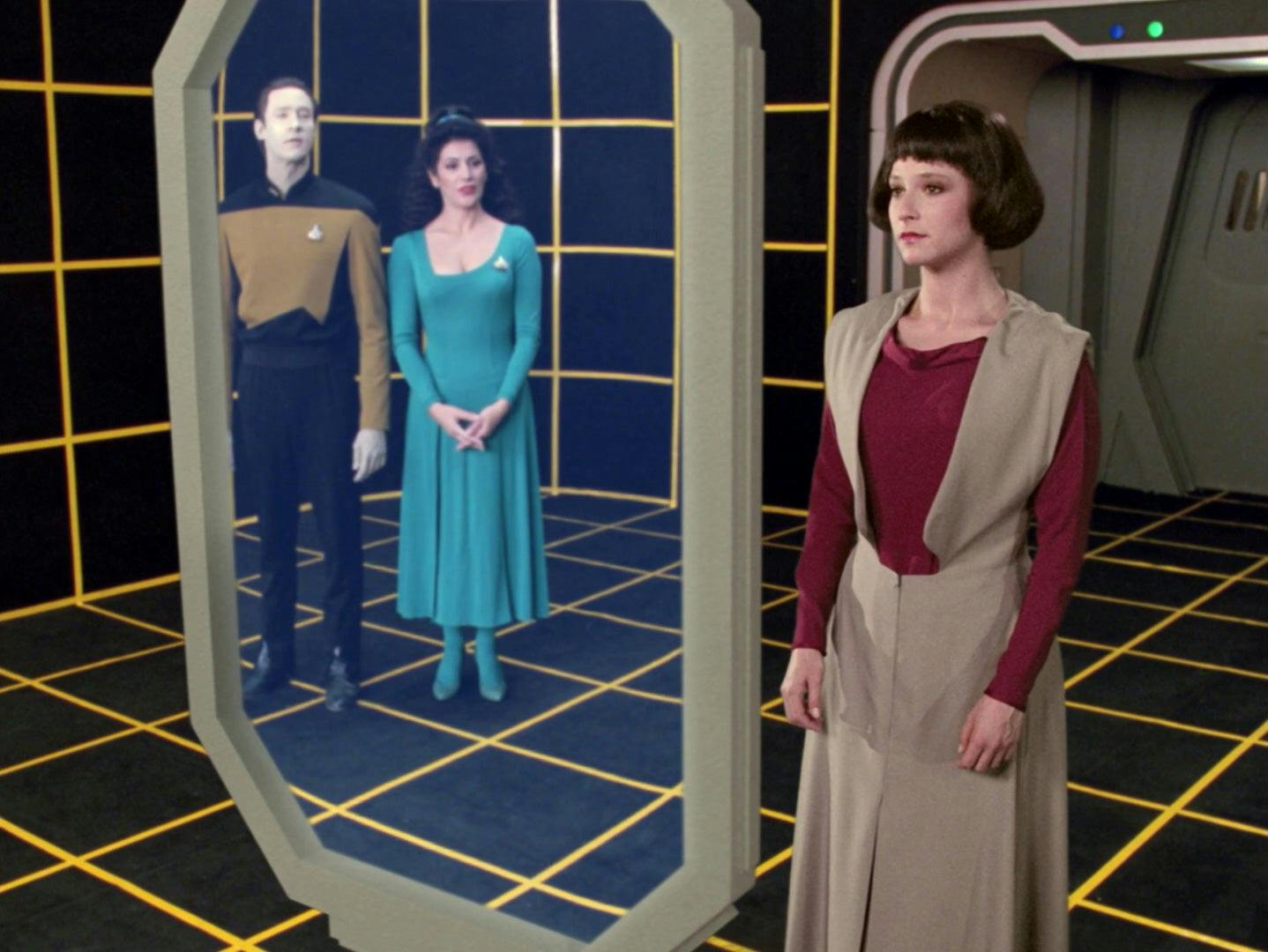
"The Offspring"
StarTrek.com
Lal is not gendered from the beginning of their existence but instead is granted the right to choose. From initially wishing to resemble Troi, it's explained to Lal that they need to carve out their own unique identity, including their appearance. In these few scenes, Lal is given space to explore how they wish to identify. What felt remarkable to me was how simple the entire process is portrayed. Data and Troi discuss Lal's gender identity as if it were just another aspect of growing up and figuring out who you are. Lal decides she wishes to identify as a human female, and from then on, her decision is respected.
As a young person growing up in the late '90s and early '00s, I never felt at ease. Being labeled as a girl came with a set of guidelines — a rulebook you could say — for how I should behave, what I should wear, the language I used, and what I should and shouldn't show an interest in. It was jarring and uncomfortable to be constantly criticized by adults in my life for what was natural to me. When I conformed to their gender ideals, I was miserable. When I stood my ground, we clashed and I felt isolated and alone. Watching a rerun of "The Offspring" as a young teenager was a revelation. Those few scenes where Lal was given the space to choose how they identified had a massive impact on me. That one word hit home — choice.
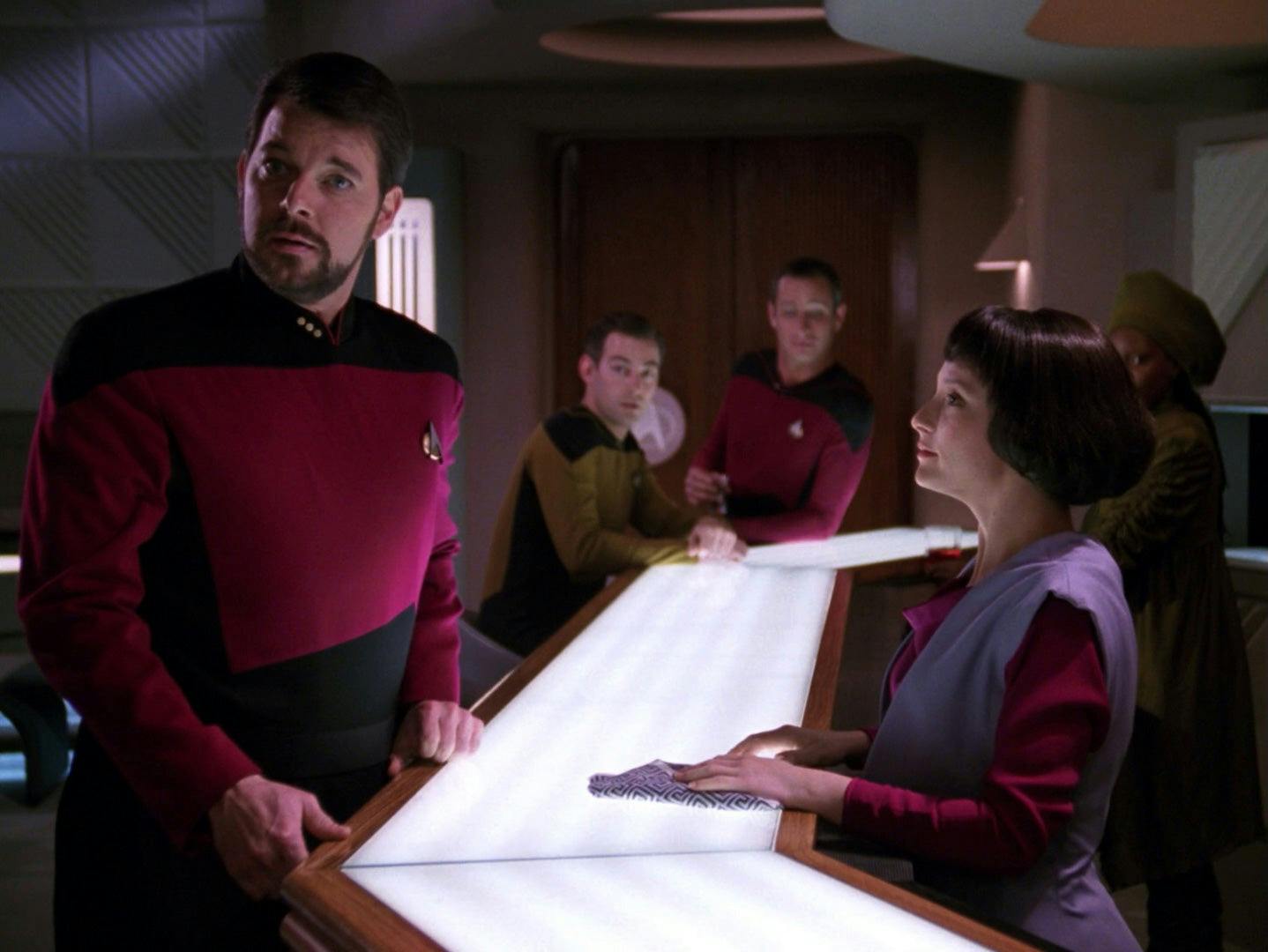
"The Offspring"
StarTrek.com
In the episode, the process is matter-of-fact. Lal whittles down the choices to a handful before making their final decision. It's approached as the norm and how everyone would and should react to their child exploring their gender identity.
That's what I love about Star Trek. There's no great fanfare; this is just how it is. Everyone is accepted for who they are and how they feel inside and want to present themselves to others. There is no pressure to conform or look or act in a certain way. Every individual has the freedom to explore who they are and how they identify. No agenda; just love, tolerance, and acceptance. What a powerful message to send out to the world.

"The Offspring"
StarTrek.com
The episode was one aspect of my gender identity journey. I knew there were different ways to identify, but I didn't have the knowledge or vocabulary to explain how I felt, even to myself. Characters like 's Jadzia Dax made me feel seen as a teenager, and '90s Star Trek would so often explain a situation, a dilemma, I was going through that I couldn't articulate on my own. It made the world feel less volatile and more accepting.
"The Offspring" is an example of how exploring gender identity is not a recent phenomenon of the past decade. I now identify as non-binary, and in a world that is often so polarized on gender identity, I like to refer people to this episode.
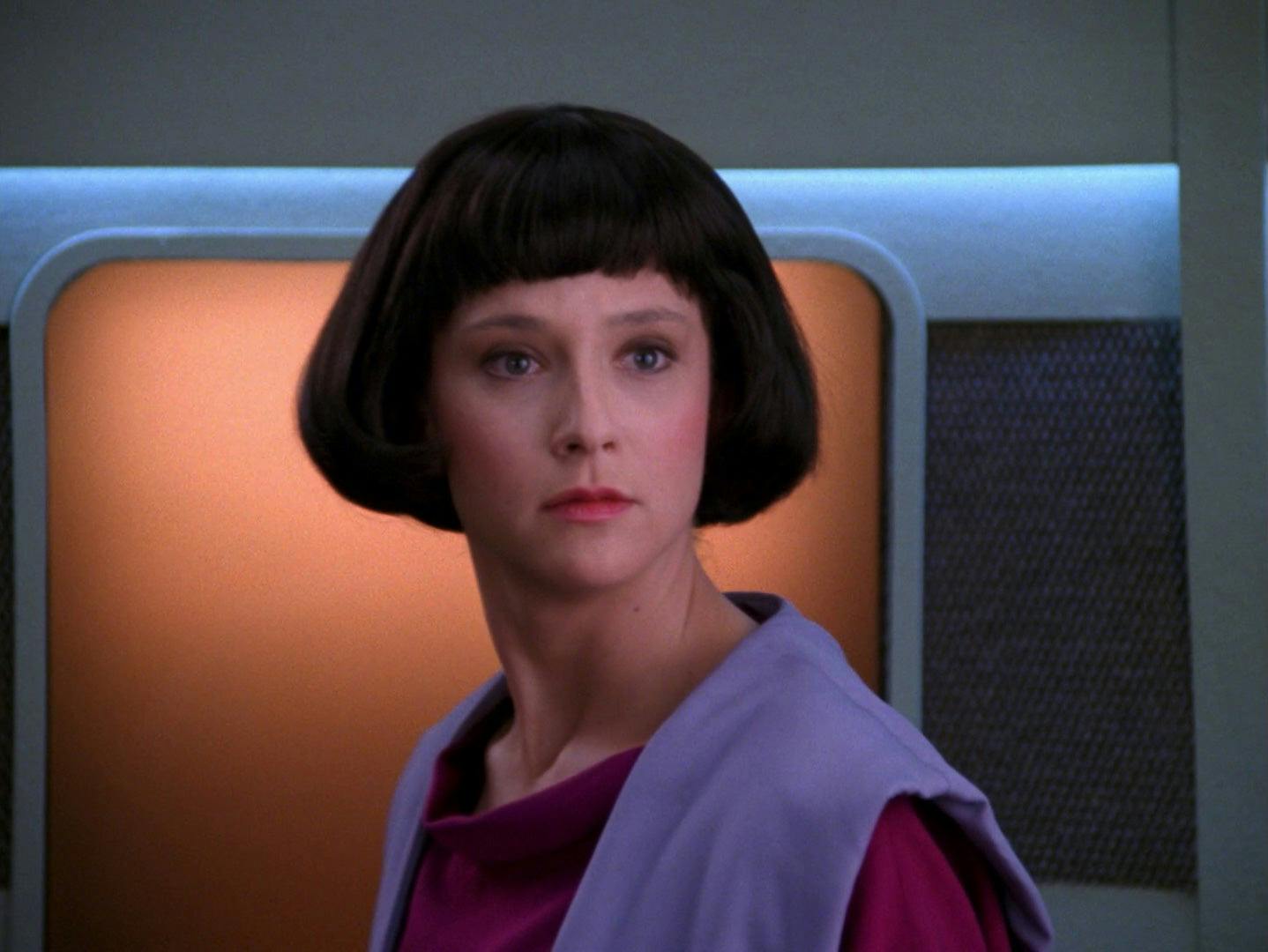
"The Offspring"
StarTrek.com
People have always felt as if they don't fit within the binary idea of gender, and many cultures across the globe have a different view of Western gender norms. It's evidence that these ideas existed and were being explored at the beginning of the 1990s, but that's not the real revelation. What matters is that gender identity was known about and discussed in pop culture with no great fanfare. It wasn't a big deal.
"The Offspring" aired before the first same-sex kiss of the Star Trek franchise, when five years later, in the Deep Space Nine episode "" pushed the boundaries with an on-screen kiss between two women characters. It wasn't until 2017 that Star Trek began to truly include LGBTQ+ representation, with the first same-sex relationship in the franchise with .
I see this episode as a quiet, subtle nod to those of us that don't fit the mold. Although it would be years later when I would begin to explore my gender identity more openly, what mattered back then was to know it’s okay; it's not abnormal or wrong to feel this way. I deserve to make this choice for myself.
Those few scenes of "The Offspring" are Star Trek at its best. It eloquently, sensitively, and simply shows how we can always do better, learn from others, learn from our children and younger generations, and how ultimately allowing someone to live happily and contented as their authentic self is a truly human act.
